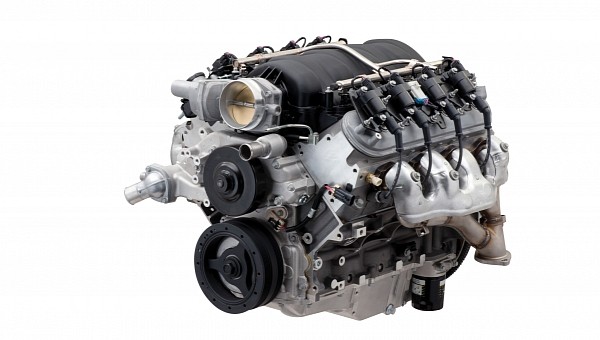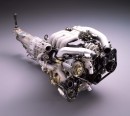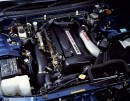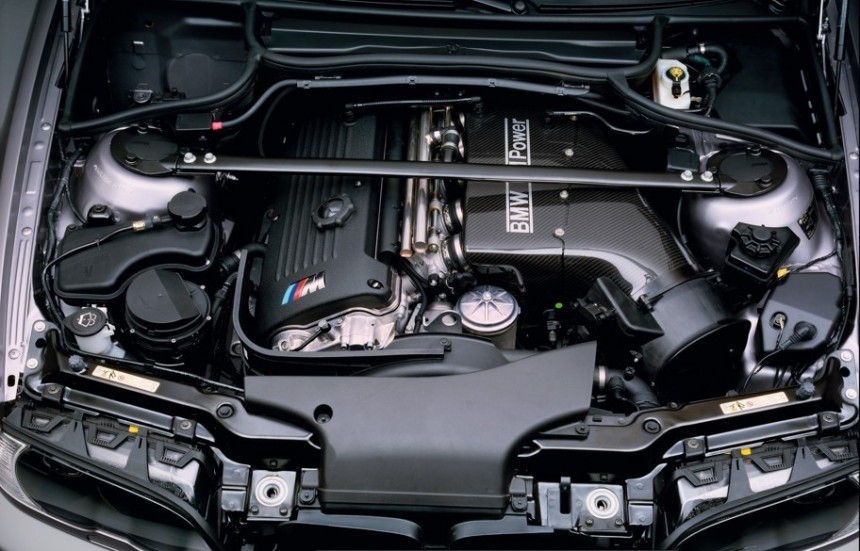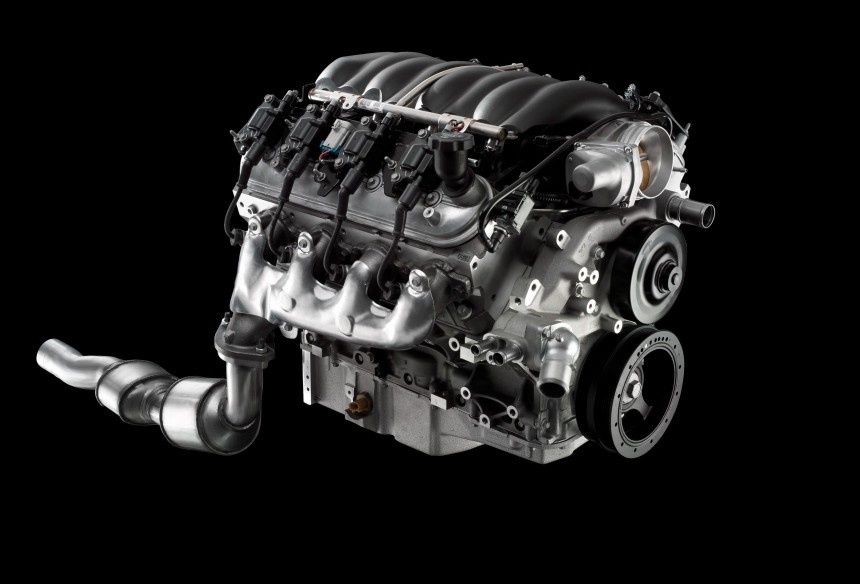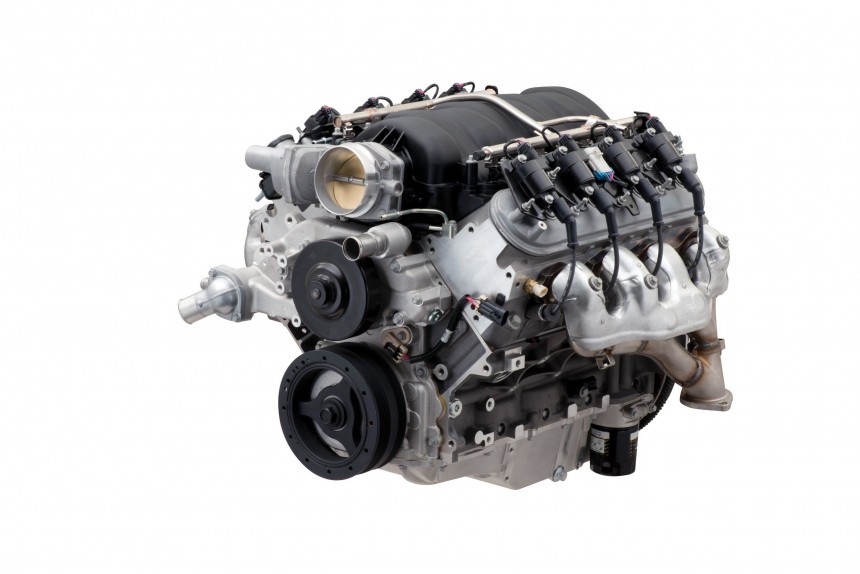I remember watching street races late at night all the time when I was a kid. I don’t remember much about the cars themselves. Except for one in particular. This blue BMW E46 M3. It was something out of this world for eight-year-old me. And what I remember most vividly about that car was the noise. Back then, I had no clue what engine that was, but the S54 screaming to 8,000 rpm is still ringing in my ears. Ever since then, I knew deep down that I was into cars.
Remembering that, and working, albeit at an amateur level, on a few engines, made me wonder: what is the best engine ever made? After a lot of thinking and rethinking, I have my answer, and some of you will be upset. But, before revealing my pick, there are some things we need to talk about.
First of all, I’m talking about production engines here only. It wouldn’t be fair to mix those with racing power plants. Even though some track monsters were based on production units.
Secondly, I just thought about what cool engines are out there. And that’s when my mind was flooded with countless examples, so I had to organize them one way or another. What I thought about was the following criteria: cost, reliability, power, and popularity - let’s break them down a little.
When I’m talking about cost, I’m referring to how expensive (or cheap) it is to buy one and how violent the maintenance will be on your bank account. This, from the very beginning, eliminated a few great engines. Yeah, I also love the BMW S85B50 V10 or the Mazda 13B rotary, but they are either expensive to get, expensive to maintain, or both.
Next, reliability also took out a few really good contenders. For example, the Subaru EJ family stands no chance in this category. They are relatively cheap and make good power with a few minor mods, but they will spend more time torn apart than in the engine bay actually running.
Power was the most difficult criterion in the trickling down of these noise-makers. Finding one that is reliable, easy to maintain, popular, and also cheap is easy. But finding one that has all that and also makes decent power is where things get tricky. While the 2JZ or the RB26 make a ton of power without that much hassle, they got disgustingly expensive over the years. So they were instantly out. But don’t worry, there is one that ticks all the boxes, from where I'm standing. You just have to wait a little more.
Now, the popularity criterion might seem a little peculiar. We all want to stand out from the crowd and make our builds as unique as possible, but that is not necessarily a good thing. You see, sometimes, one thing is popular because it just works so well. And if it works so well, why not choose it? Even more so, imagine if something does break, it is a popular engine, so you’ll have no problem finding the solution to whatever your issue might be.
Now, it’s time to finally reveal my pick for the best engine to go into a production car. It ticks all the boxes - it’s cheap, it’s powerful, you’ll have no trouble finding one and it is quite common. If you didn’t figure it out up until this point, I am, of course, talking about the all-mighty Chevy LS. I already hear booing, so put your pitchforks down and let me explain. The phrase “LS swap the world” actually makes sense in its absurdity.
Look, I know there are better engines out there. Power plants like the M120 AMG V12, the F136 V8 that powers the Ferrari 458 or any flat-six that leaves the Porsche factory are outstanding creations. They have more awards than I care to count, but as I said, we are talking about engines that you can buy on a normal-person budget.
For example, I took a quick peek at eBay, and this is what I found. A stock 1JZ GTE goes for around 8,500 dollars. For the same price, also on eBay, you can get a 550 hp (557 ps) LS3. If you want a JZ with the same power, get ready to dig deep, as a 600 hp (608 ps) one is 21,500 dollars. Do you see my point?
Now, let’s take a look at what makes the LS so great. The history of GM’s small block V8 is pretty intricate and downright confusing, so I’ll do my best to summarize it as clearly as possible.
The birth of the LS starts with two C4 Corvettes. Legend has it that at a proving ground, before a board of executives, two, identical-looking C4s were brought. One had a state-of-the-art, modern, quad-cam V8, and one had a push-rod, old-school dinosaur. The suits blindly tested them doing all sorts of shenanigans. At the end of the day, they liked one of the two ‘Vettes more, praising its linear torque curve and instant response – that was the push-rod Vee-Eight.
Following this experiment, in 1997, the LS engine family was introduced to the masses on the C5 Corvette. The firstborn was called this LS1, which came with an aluminum block in high-performance applications and iron form for trucks and SUVs.
Just two years later, the LS6 was introduced (because for GM, six comes after one). The only thing that is the same between the LS1 and the LS6 is the displacement, at 5.7 liters (350 ci). The engine block was stronger as were the cam, heads, and intake – thus, it was used in high-performance environments.
The LS2 debuted in 2005 with 6.0 liters on tap. It was a good engine, but no match for its younger sibling, the LS3. With 6.2 liters (376 ci) of American bald eagles, it was an amazing performer, with 430 hp (436 ps) straight out of the box and massive tuning potential.
The LS4 is another famous kid in the family, but not for outstanding performance, no. It is made for FWD layouts only. A massive V8 mounted transversely – quite weird.
The LS7 was built with the sole purpose of making the C6 Corvette ZO6 reach ungodly speeds. GM achieved that by taking the “there’s no replacement for displacement” phrase very seriously, with 7.0 liters (427 ci) at your disposal.
The next two iterations, the LS9 and LSA, are basically the same. The difference lies in power, with the LS9’s 638 hp (647 ps) making the LSA’s 556 ponies (564 ps) look downright crummy. The difference in power comes courtesy of a bigger supercharger (2.3 liters on the LS9 and 1.9 liters on the LSA) and different internals.
Engine choice, and any modification at that, is relative. Put whatever you like on your car. But don’t sleep on the LS. Yes, it might be overused and it became a meme, but it is a good engine. Personally, I wouldn’t go for one as my first choice, but that is so because I don’t chase massive numbers from my cars. On the other hand, if my objective was to make big power without spending a ton of money, you would have to work really hard to convince me to choose anything but the LS.
This is my personal pick based on the criteria mentioned above, so feel free to disagree with me!
First of all, I’m talking about production engines here only. It wouldn’t be fair to mix those with racing power plants. Even though some track monsters were based on production units.
Secondly, I just thought about what cool engines are out there. And that’s when my mind was flooded with countless examples, so I had to organize them one way or another. What I thought about was the following criteria: cost, reliability, power, and popularity - let’s break them down a little.
Next, reliability also took out a few really good contenders. For example, the Subaru EJ family stands no chance in this category. They are relatively cheap and make good power with a few minor mods, but they will spend more time torn apart than in the engine bay actually running.
Power was the most difficult criterion in the trickling down of these noise-makers. Finding one that is reliable, easy to maintain, popular, and also cheap is easy. But finding one that has all that and also makes decent power is where things get tricky. While the 2JZ or the RB26 make a ton of power without that much hassle, they got disgustingly expensive over the years. So they were instantly out. But don’t worry, there is one that ticks all the boxes, from where I'm standing. You just have to wait a little more.
Now, it’s time to finally reveal my pick for the best engine to go into a production car. It ticks all the boxes - it’s cheap, it’s powerful, you’ll have no trouble finding one and it is quite common. If you didn’t figure it out up until this point, I am, of course, talking about the all-mighty Chevy LS. I already hear booing, so put your pitchforks down and let me explain. The phrase “LS swap the world” actually makes sense in its absurdity.
Look, I know there are better engines out there. Power plants like the M120 AMG V12, the F136 V8 that powers the Ferrari 458 or any flat-six that leaves the Porsche factory are outstanding creations. They have more awards than I care to count, but as I said, we are talking about engines that you can buy on a normal-person budget.
Now, let’s take a look at what makes the LS so great. The history of GM’s small block V8 is pretty intricate and downright confusing, so I’ll do my best to summarize it as clearly as possible.
The birth of the LS starts with two C4 Corvettes. Legend has it that at a proving ground, before a board of executives, two, identical-looking C4s were brought. One had a state-of-the-art, modern, quad-cam V8, and one had a push-rod, old-school dinosaur. The suits blindly tested them doing all sorts of shenanigans. At the end of the day, they liked one of the two ‘Vettes more, praising its linear torque curve and instant response – that was the push-rod Vee-Eight.
Following this experiment, in 1997, the LS engine family was introduced to the masses on the C5 Corvette. The firstborn was called this LS1, which came with an aluminum block in high-performance applications and iron form for trucks and SUVs.
The LS2 debuted in 2005 with 6.0 liters on tap. It was a good engine, but no match for its younger sibling, the LS3. With 6.2 liters (376 ci) of American bald eagles, it was an amazing performer, with 430 hp (436 ps) straight out of the box and massive tuning potential.
The LS4 is another famous kid in the family, but not for outstanding performance, no. It is made for FWD layouts only. A massive V8 mounted transversely – quite weird.
The LS7 was built with the sole purpose of making the C6 Corvette ZO6 reach ungodly speeds. GM achieved that by taking the “there’s no replacement for displacement” phrase very seriously, with 7.0 liters (427 ci) at your disposal.
The next two iterations, the LS9 and LSA, are basically the same. The difference lies in power, with the LS9’s 638 hp (647 ps) making the LSA’s 556 ponies (564 ps) look downright crummy. The difference in power comes courtesy of a bigger supercharger (2.3 liters on the LS9 and 1.9 liters on the LSA) and different internals.
Engine choice, and any modification at that, is relative. Put whatever you like on your car. But don’t sleep on the LS. Yes, it might be overused and it became a meme, but it is a good engine. Personally, I wouldn’t go for one as my first choice, but that is so because I don’t chase massive numbers from my cars. On the other hand, if my objective was to make big power without spending a ton of money, you would have to work really hard to convince me to choose anything but the LS.
This is my personal pick based on the criteria mentioned above, so feel free to disagree with me!
